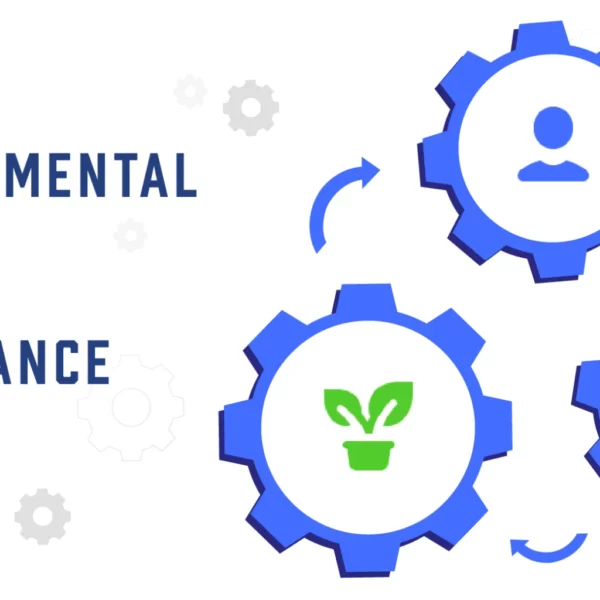ELSS has been the poster child of tax-saving investments for the past couple of years. But what about the ones that are less risky and have been trusted for generations?
There are several tax-saving instruments in India. Apart from saving taxes, they also help you grow your wealth. While the Equity Linked Savings Scheme (ELSS) is preferred by many because of the high returns, other instruments such as PPF, NSC have also been favored by many as they carry less risk. In today’s blog, we are going to understand more about the safe instruments and how ELSS compares with them.
Public Provident Fund (PPF)
It is a long-term fixed income security plan that has a 15-year lock-in period. At present, PPF offers an interest rate of 7.1%, which is one of the highest among fixed-income investments. It qualifies for EEE (triple tax exemption), which means you get a tax exemption at the time of investment, on the interest earned, and on the amount withdrawn on maturity.
Life Insurance Premium
Life insurance plans are a popular tax-saving tool. The premium paid by you for the insurance policy qualifies for tax exemption under Section 80C of the Income Tax Act of 1961. The maximum amount you can save by paying the premium under this section is ₹1.5 lakh. You can lower your taxable income further by purchasing term life insurance for your parents, spouse and children. The payout received by the nominee upon the policyholder’s death is completely tax-free.
National Savings Certificate (NSC)
The NSC offers an interest of 6.8% compounded annually and is payable at maturity. The scheme is a Government of India initiative and you can open it in any post office branch. They come with a fixed maturity period of five years. There is no maximum limit on the purchase of NSCs. However, you can only show up to ₹1.5 lakh of investments for deduction under Section 80C of the Income Tax Act.
Bank Fixed Deposits (FDs)
It is a type of fixed deposit account that comes with a lock-in period of 5 years. The interest rate is fixed by the bank at the time of opening the FD and it remains the same through the tenure. The interest rate can be between 5% to 7%, and it can even be higher depending on the lender and the deposit amount. The interest earned on the FDs is subject to TDS (tax deducted at source) and premature withdrawal may not be available.
Unit-Linked Insurance Plan (ULIP)
It is a combination of insurance and investment. When you make an investment in ULIP, the insurance company invests part of the premium in shares/bonds etc., and the remaining amount is used in offering an insurance cover. ULIPs allow you to switch your portfolio between equity and debt based on your risk appetite and performance.
ULIPs have a lock-in period of 5 years. If a ULIP is surrendered in the first three years, then the insurance cover would cease immediately. On the other hand, the surrender value can be paid only after three years.
How Does ELSS Compare?
ELSS funds invest mostly in the equity market in a diversified manner, thus giving the investors a good opportunity to make inflation-beating returns. These funds offer tax exemption, wealth accumulation and zero exit load. The biggest advantage of investing in ELSS funds is that they have the lowest lock-in period (3 years) when compared to the other tax-saving investments. They also offer 12%-14% returns and this is the highest when compared to other instruments. The returns are exempted from tax, whether it is dividend or capital appreciation.
Since ELSS gives higher returns, it makes sense to put your money in it to save taxes. However, if you have already invested in any of the above-mentioned low-risk instruments and if they reduce your taxable income considerably to the point where you don’t have to pay any tax, it doesn’t make sense to put your money in ELSS. Since there are different types of mutual funds like Equity, Debt, and Hybrid, you can choose any one of those based on your risk appetite, goals, and investment horizon.
If you feel that you have invested enough in tax-saving instruments, you can focus on your other financial goals such as saving for a down payment for a house, buying a car, saving for marriage or your child’s education. You can also choose different financial products such as Mutual Funds, Stocks, and Recurring Deposits to achieve these goals.
Head to Koshex to invest in Mutual Funds, Smart Deposits, and Digital Gold – All of these products will help you form a diversified investment portfolio. We hope this blog helps you understand more about tax-saving investments.
Tell us in the comments section about your favorite tax-saving instrument!









Leave a Comment